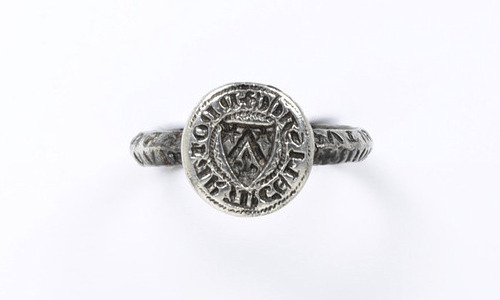#fashion frivolity
I’m completely obsessed with Ian Mortimer’s The Time Traveler’s Guide to Medieval England (Simon & Schuster, 2008). This book is immaculately researched and just darn good reading. Not dry in the least. Today I’ll share some information on women’s dress, 1300 - 1400.
In the early part of the 14th century, women and men dressed similarly. Tunics hung from the shoulders. Necklines and skirt lengths varied between the sexes, but that was about it. There was no emphasizing of waist, breasts or hips (note the dress on the left of the graphic) in women’s dress. In fact, married women who wore circlets, hoods, or hats with wimples covering the sides and bottom of their faces basically only showed face and finger tips.
By the end of the century, oh how things changed! Buttons became more popular in the 1330s (what a gift!) so that sleeves could then be more easily fitted. Before that, if you wanted fitted sleeves you needed to be sewn into them. Obviously, that didn’t work for the laboring classes, just for the aristocratic ladies who had someone to stitch them in every day.
What’s interesting about this time period is that it was the men who became more objectified in their dress. Tunics rose up and up - even up to the hips for some of the more fashion forward. By 1400, they displayed their tights and began to pack their hose. (Men also wore those foolishly long and pointed shoes. Women cleverly skipped that trend. ;>)
Women stayed covered up. Arms and legs were never shown in public. Married women also covered their heads and necks with headdresses. However, by mid-century women wore lower necklines and sometimes even exposed their shoulders (gasp!).
Women continued to wear a long shift as their primary garment; however, by mid-century one could appear more alluring by wearing an over-tunic more fitted to breasts, waist and hips. (See center picture.) Golden and jeweled belts began to be worn.
By the end of the century, long and flowing dresses of red and purple with embroidery, trimmed with jewels or gold brocade, are quite common for the wealthy (yes, as always, it’s good to be rich). Over this, they could wear a short bodice of contrasting color. A very popular look was a blue tunic with a yellow or golden short bodice over top. Or a green tunic with red over top.
Fascinating, yes?
Post link


